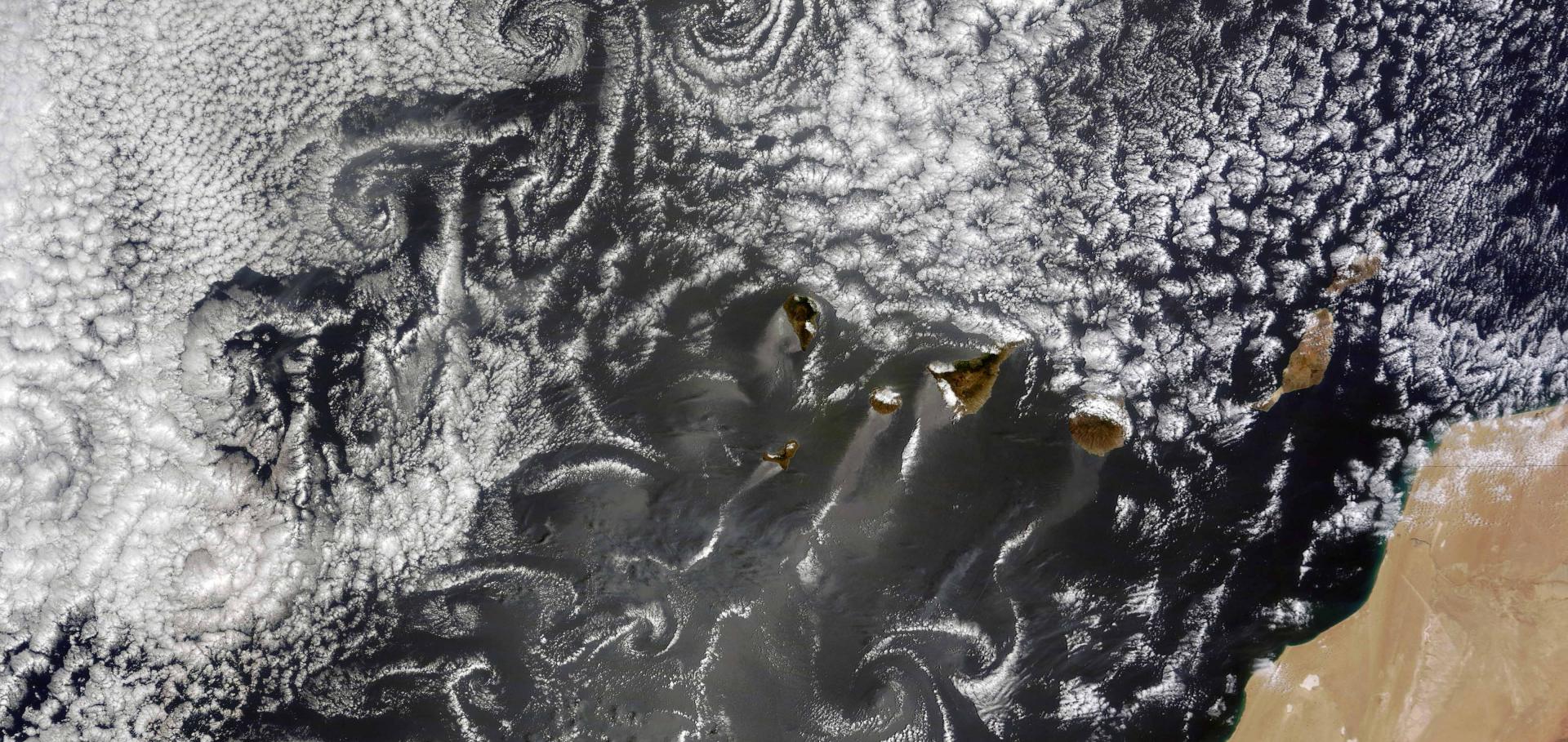AEROCOM and AEROSAT AAOD and SSA study – Part 1: Evaluation and intercomparison of satellite measurements
Abstract:
Global measurements of absorbing aerosol optical depth (AAOD) are scarce and mostly provided by the ground network AERONET (AErosol RObotic NETwork). In recent years, several satellite products of AAOD have been developed. This study's primary aim is to establish the usefulness of these datasets for AEROCOM (Aerosol Comparisons between Observations and Models) model evaluation with a focus on the years 2006, 2008 and 2010. The satellite products are super-observations consisting of min aggregated retrievals.
This study consists of two papers, the current one that deals with the assessment of satellite observations and a second paper (Schutgens et al., 2021) that deals with the evaluation of models using those satellite data. In particular, the current paper details an evaluation with AERONET observations from the sparse AERONET network as well as a global intercomparison of satellite datasets, with a focus on how minimum AOD (aerosol optical depth) thresholds and temporal averaging may improve agreement between satellite observations.
All satellite datasets are shown to have reasonable skill for AAOD (three out of four datasets show correlations with AERONET in excess of 0.6) but less skill for SSA (single-scattering albedo; only one out of four datasets shows correlations with AERONET in excess of 0.6). In comparison, satellite AOD shows correlations from 0.72 to 0.88 against the same AERONET dataset. However, we show that performance vs. AERONET and inter-satellite agreements for SSA improve significantly at higher AOD. Temporal averaging also improves agreements between satellite datasets. Nevertheless multi-annual averages still show systematic differences, even at high AOD. In particular, we show that two POLDER (Polarization and Directionality of the Earth's Reflectances) products appear to have a systematic SSA difference over land of ∼0.04, independent of AOD. Identifying the cause of this bias offers the possibility of substantially improving current datasets.
We also provide evidence that suggests that evaluation with AERONET observations leads to an underestimate of true biases in satellite SSA.
In the second part of this study we show that, notwithstanding these biases in satellite AAOD and SSA, the datasets allow meaningful evaluation of AEROCOM models.


